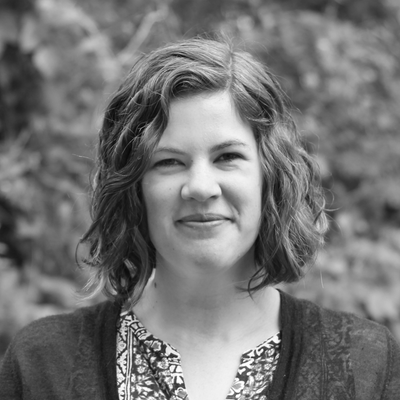 M. KÜHNEMUND ET AL., NATURE COMMUNICATIONSThe device: Researchers have built a microscope that uses the camera on a cell phone to detect fluorescent products of DNA sequencing reactions in cells and tissues, according to a study published today (January 16) in Nature Communications. The mobile microscope can detect a point mutation in the KRAS gene that occurs in more than 30 percent of colon cancers.
M. KÜHNEMUND ET AL., NATURE COMMUNICATIONSThe device: Researchers have built a microscope that uses the camera on a cell phone to detect fluorescent products of DNA sequencing reactions in cells and tissues, according to a study published today (January 16) in Nature Communications. The mobile microscope can detect a point mutation in the KRAS gene that occurs in more than 30 percent of colon cancers.
This study shows that “one can use a very simple imaging device such as the mobile phone to record DNA sequencing reactions,” said coauthor Mats Nilsson of Stockholm University in Sweden.
The microscope contains two battery-powered lasers for the detection of different fluorophores and a white LED for bright-field imaging. The cell phone’s camera lens and an external lens provide about 2.6× magnification. The 3-D–printed microscopy platform can manipulate sample slides in all three directions.
The researchers used sequencing techniques that amplify and...
The significance: Mutation analysis and DNA sequencing “are fantastic advances that have been brought to clinical sciences,” coauthor Aydogan Ozcan of the University of California, Los Angeles, told The Scientist. “But [they are] restricted to the laboratory scale and obviously not dispersed to resource-poor or resource-limited environments.”
Ozcan said that using the mobile microscope to analyze specific target sequences could make advanced diagnostic tools available in more settings outside of major hospitals or labs. The development of this technology is “an attempt at democratizing these high-end molecular pathology measurements,” said Savas Tay of the University of Chicago, who was not involved in the study.
Sequencing diagnostics are “the gold standard these days in detecting what kind of cancer a patient has, but due to issues with resources [and] cost they are probably not performed on a day-to-day basis,” Tay added. He said that this mobile microscope could change that by lowering costs. The authors have “created a technology platform so that targeted sequencing of tumor samples can be performed in point of care offices,” Tay noted.
Another advantage of the combination of this microscope and sequencing strategy over other techniques used to analyze mutations is that cells and tissues are intact, said Johan Lundin of the Institute for Molecular Medicine Finland, who did not participate in the study. “You have this kind of a map that you can create that shows in which particular cell the mutation is,” he added.
Needs improvement: Despite its advantages, the platform does have some limitations. One open question is “how feasible these particular techniques are, especially in low resource settings,” Lundin said. He added that while care providers might use the mobile microscope in many different environments, the availability of additional laboratory equipment could limit the feasibility of the targeted mutation analysis techniques.
“Clearly there’s a lot that can be done on the sample preparation side because it still requires a well-trained lab technician to prepare all the samples,” said Tay.
The authors noted that microfluidics could streamline sample preparation, and Nilsson told The Scientist that the team is already working toward such a solution.
The future: Ozcan said that a goal of the team’s ongoing work is to make the technology “more cost-effective and easier to use without much training.”
One possible extension of this technology is the development of assays for sequences other than the KRAS mutation. “This is a platform that can be scaled up to various different cancers for different types of mutation analysis,” Ozcan told The Scientist.
“I think cancer diagnostics is interesting, but where a very simple reader like this would be extremely useful would be in infectious diagnostics in low-resource settings,” said Nilsson.
“This is something we could do on tuberculosis bacteria as well. We could check for mutations in antibiotic resistance genes and then make a simple test to predict which antibiotic treatment would be efficient in a TB [tuberculosis] patient.”
He added that the platform could also be used for rapid diagnosis during a viral outbreak, no matter where the point of care is. “You could present the analyzed data remotely to the experts, and then that can feed back to the user more or less immediately,” Nilsson said.
M. Kühnemund et al., “Targeted DNA sequencing and in situ mutation analysis using mobile phone microscopy,” Nature Communications, 8:13913, doi:10.1038/ncomms13913.
Interested in reading more?





